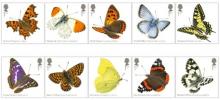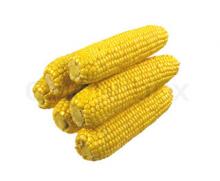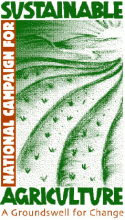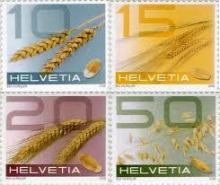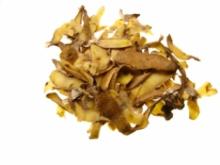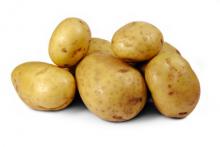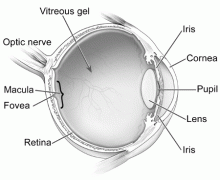B.C. butterfly and plant identified as endangered by national body of scientists
A butterfly at risk from pesticides and a plant potentially targeted by collectors are B.C.'s newest endangered species, according to an annual assessment by the Committee on the Status of Endangered Wildlife in Canada (COSEWIC). The Oregon branded skipper (Hesperia colorado oregonia) inhabits sparsely vegetated at-risk Garry Oak and coastal sandspit ecosystems and is found in only four of 16 fragmented sites totalling less than 16 square kilometres. It is threatened by the application of Btk pesticide used to control the invasive gypsy moth and by the encroachment of vegetation in open habitats. Also endangered is Tweedy's Lewisia, a showy perennial plant that exists in two small sub-populations and has undergone a decline of up to 30 per cent in recent years.

